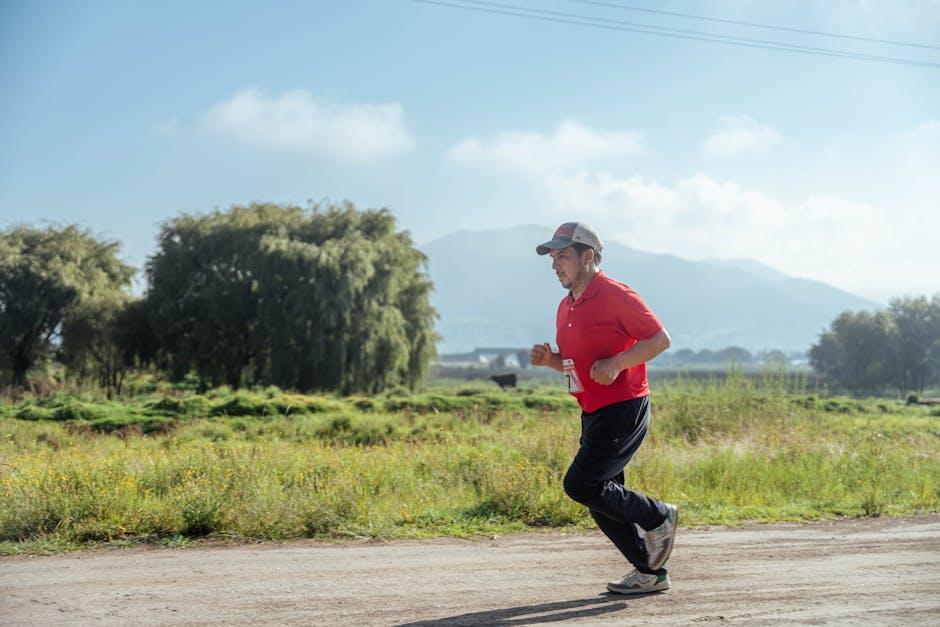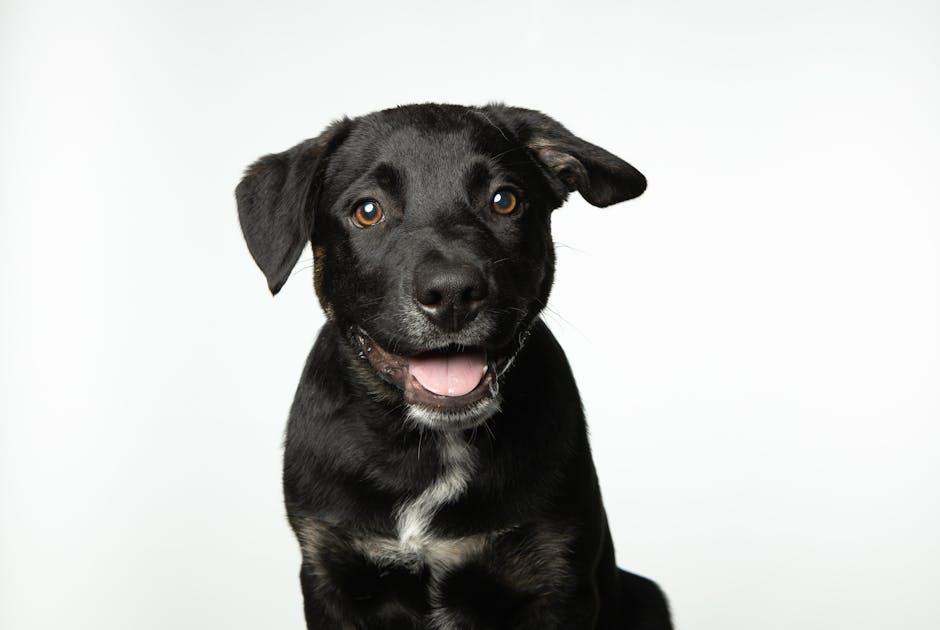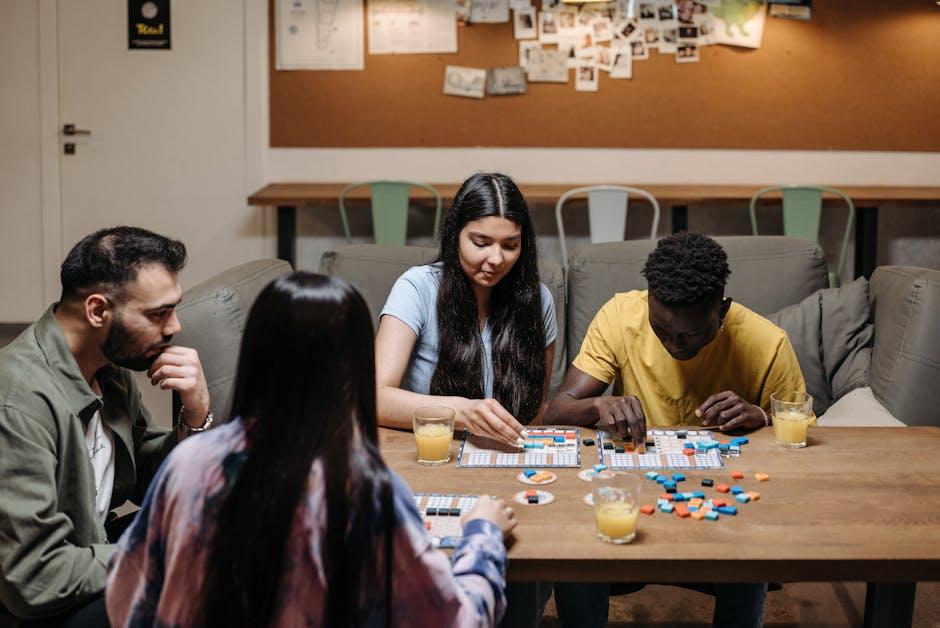Welcoming a new puppy into your home is a joyous occasion filled with boundless energy, wagging tails, and plenty of cuddles. However, along with the excitement comes the responsibility of nurturing your furry friend into a well-behaved companion. Just like any new relationship, the journey requires patience, understanding, and a sprinkle of guidance. Whether you’re a first-time pet parent or an experienced dog lover, our comprehensive guide on puppy training will equip you with practical tips and heartfelt advice to foster a strong, respectful bond with your pup. Let’s embark on this rewarding adventure together, ensuring that your puppy not only grows into a cherished member of your family but also a polite and obedient partner in your everyday life.
Understanding Your Puppys Behavior and Needs
Welcoming a new puppy into your home is a delightful experience, but understanding their behavior and needs is essential for nurturing a strong bond. Puppies, much like human babies, are exploring their world with curiosity and boundless energy. This can sometimes lead to behaviors that are both charming and challenging. Recognizing these behaviors and addressing their needs can help foster a well-adjusted companion.
Here are some key aspects to consider:
- Socialization: Introduce your puppy to different environments, people, and other animals. Early exposure helps in reducing fear and anxiety.
- Consistency: Establish a routine for feeding, potty breaks, and playtime. Puppies thrive on predictability.
- Positive Reinforcement: Reward good behavior with treats, praise, or playtime. Avoid punishment as it can lead to fear and aggression.
- Understanding Cues: Learn to recognize your puppy’s body language. Signs like wagging tails or whining can indicate excitement, fear, or the need to relieve themselves.
By paying attention to these needs and behaviors, you can help your puppy grow into a well-behaved and confident adult dog, ensuring a harmonious relationship for years to come.

Establishing a Consistent Routine for Training Success
Creating a daily schedule for your puppy’s training can significantly enhance their learning experience and your bond with them. A consistent routine helps your puppy understand what is expected and makes them feel secure. Here are some essential tips to keep in mind:
- Set Specific Times: Establish fixed times for meals, walks, and training sessions. Puppies thrive on predictability, and regular timing can help reinforce good habits.
- Short and Sweet: Keep training sessions brief but frequent. Puppies have short attention spans, so aim for 5-10 minute sessions throughout the day to maintain their interest.
- Positive Reinforcement: Use treats, praise, and play as rewards for good behavior. This not only encourages learning but also strengthens your relationship.
- Patience is Key: Every puppy learns at their own pace. Be patient and understanding, adjusting the routine as needed to accommodate their individual needs.
By sticking to a structured routine, you provide your puppy with the foundation they need to become a well-behaved companion, ready to adapt and learn new skills with enthusiasm and joy.

Positive Reinforcement Techniques for Effective Learning
Utilizing positive reinforcement can transform your puppy training experience into a joyful journey for both you and your furry friend. This approach not only fosters good behavior but also strengthens the bond between you and your puppy. Instead of focusing on what not to do, encourage your puppy by rewarding desired behaviors. Rewards can be anything your puppy loves, such as treats, praise, or playtime. The key is to be consistent and immediate with your rewards, so your puppy associates the behavior with the positive outcome.
- Consistency is Key: Ensure that every family member follows the same training methods and rules to avoid confusion.
- Timing Matters: Offer rewards immediately after the desired behavior to create a clear connection.
- Be Patient: Puppies are learning new things every day. Celebrate small victories and be patient with setbacks.
Remember, the goal is to create a learning environment where your puppy feels safe and eager to learn. By focusing on positive reinforcement, you lay the foundation for a well-behaved companion who is both happy and confident.

















